A growing number of Kenyans are now preparing their own kienyeji feeds for their flock mainly to cut down on the cost of production. However, some still do this in a haphazard manner. They put together all they can lay their hands on be it ugali, food scraps, omena, rotten maize and mix them up and serve their chickens. But is that really the right way? Here are some dos and don’ts to keep in mind when you are planning to prepare kienyeji feeds(kienyeji feed formulation) for your flock:
Don’t Use Rotten Maize
It is easy to understand why many farmers use rotten maize to prepare their kienyeji feeds. Not only is it a cheap source of raw material but the farmers feel they are putting maize that could have gone to waste into good use. In my area, the rotten maize is called “makonde” and is quite popular with many poultry farmers due to the low cost.
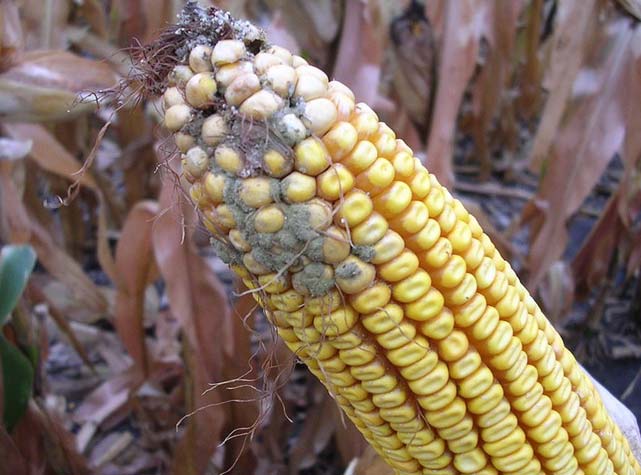
But there is a danger in using rotten maize as poultry feeds. The rotten maize may likely contain mycotoxins and chickens can be very sensitive to these. When choosing raw materials for your chicken feeds, go for the best quality. Don’t lower your standards just because you are preparing chicken feed. If the raw material is contaminated, the contamination is most likely going to affect your chickens.
Use Quality Fishmeal
Another popular raw material used in preparing poultry feeds is fishmeal, particularly omena and ochong’a(very tiny fishes, smaller than omena). These are a great source of proteins and omega 3s.
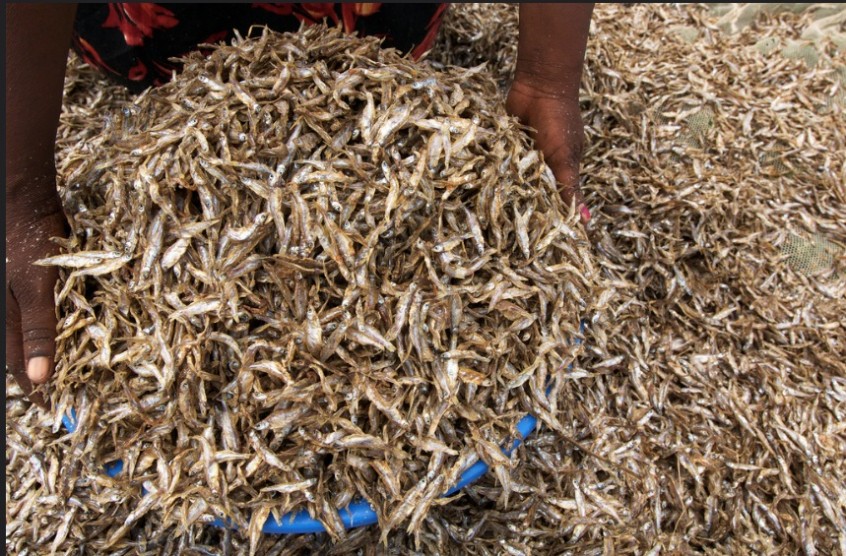
However, make sure you source your omena and other fishmeal from reputable sources where the raw material has been handled well and has not undergone a lot of contamination. If you have the means, you can procure these raw materials directly from the beaches instead of buying them in the open air markets.
Do Experimental Trials
If you are making homemade poultry feed rations, make sure you do experimental feed trials on your first feed formulation. Isolate a few chickens and feed them on your homemade feed and monitor their health and performance. If the chickens are still laying eggs normally and blooming normally and are not showing any signs of complications, then you are good to go.
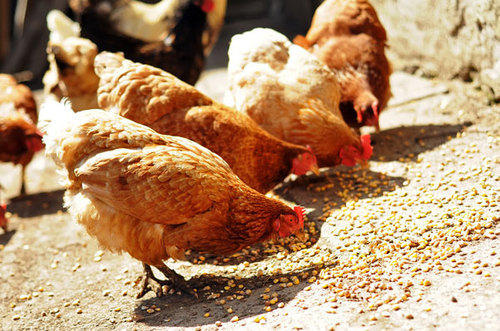
Mix the Micronutrients Beforehand
If you will be adding micronutrients and other pre-mixes that you have purchased in the poultry feed, make sure these are mixed beforehand before you mix them with the rest of the poultry feed. Know the right proportion to add in the poultry feed. (Check out kienyeji feed formulation manual for information on the proportions of nutrients that you should have in a well formulated poultry feed).
Use Drum Mixer
The cheapest poultry feed miller and mixer will cost you about Ksh.100,000 to import from China via platforms such as Alibaba. If you can’t afford this, try to improvise. Avoid using a stick or a shovel to mix the ingredients in the poultry feed. Instead, get a simple drum mixer from a local juakali artisan and use this to mix the content of the poultry feed ingredients uniformly.
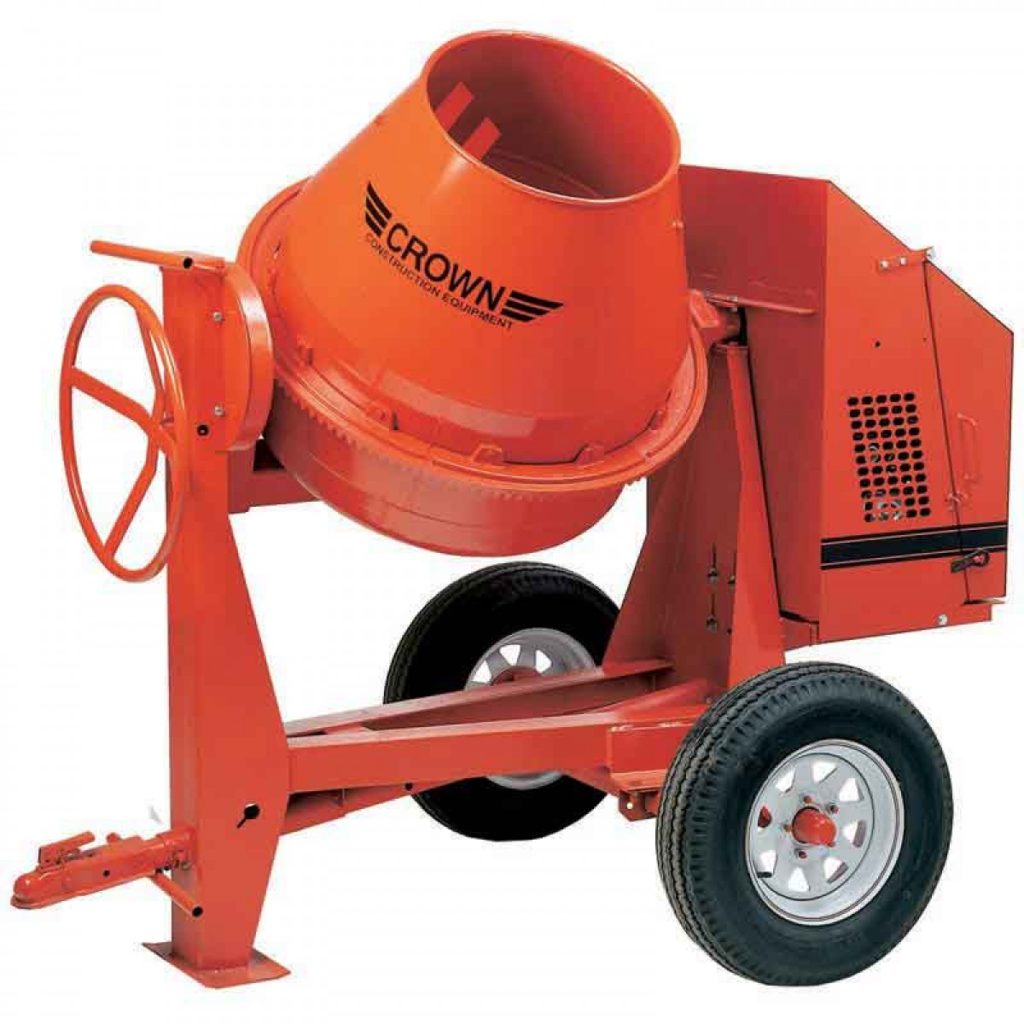
Know the Dangers of Spoilt Maize
We can stress this enough. Get quality maize with which to formulate your kienyeji feed. Spoilt or rotten maize may have mycotoxins that will not just affect the poultry performance but may pass on to the human system through poultry meat and eggs and end up causing some health complications.
Take advantage of group buying
If you can form a small buyers’ group with other farmers, you can buy some of the poultry feed ingredients such as amino acids and pre-mixes in bulk and then share these equally amongst yourselves. This will make it easier for you to acquire hard to get poultry feed ingredients and additives.
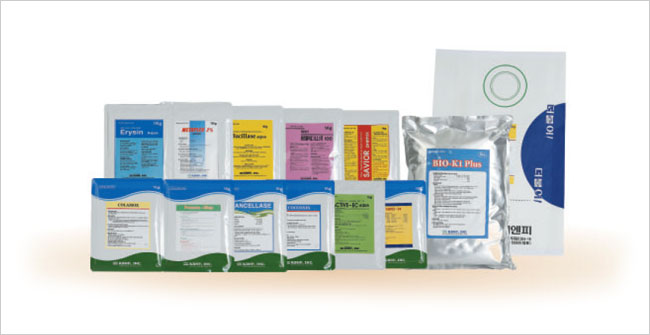
Test Your Poultry Feed in a Lab
In order to constantly improve the quality of your formulated poultry feed, you should constantly take your formulated poultry feed to a lab for testing purposes. The KARI Centre in Naivasha has a modern well-equipped lab where you can take your poultry feed of testing to determine if it is well balanced for the age of the birds. The KARI lab can even test the quality of the feed ingredients used in the poultry feed formulation. Testing a sample costs about Ksh.1000. Once you have formulated your poultry feed, take 1kg to the KARI lab for testing.
Raw Material Suppliers
Most of the raw materials such as soybean, maize, wheat bran, fishmeal etc are easy to procure. However, if you wish to buy some supplies such as poultry feed additives and pre-mixes, you can go to some specialty stores such as Tarime Suppliers located close to City Stadium in Nairobi and Essential Drugs Ltd situated along Mombasa Road.